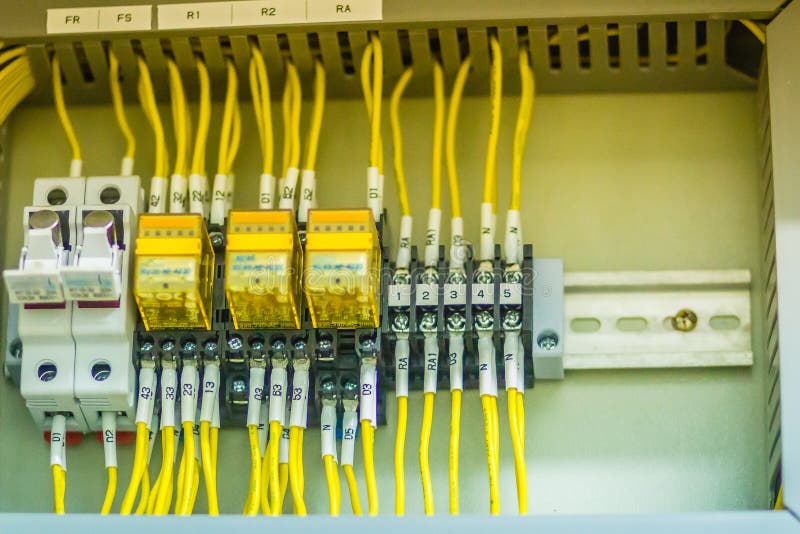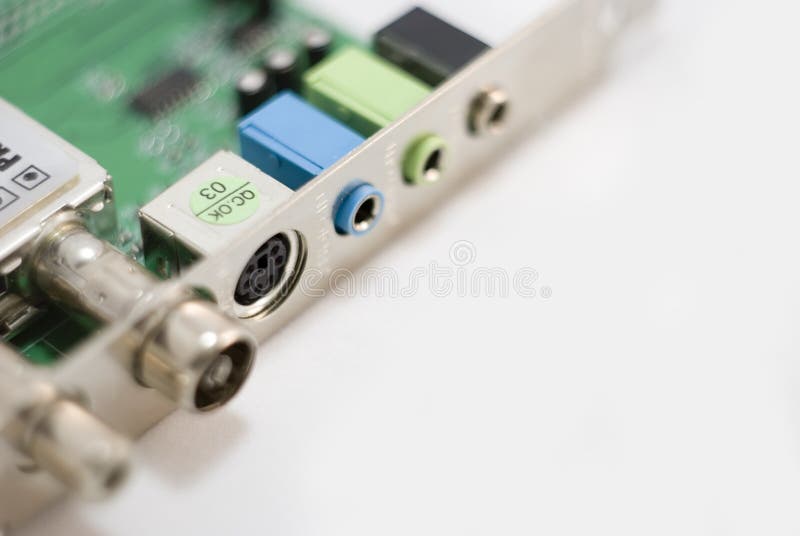



To prevent this, it is advised to slightly widen isolated traces so they don't end up etching more than desired. This is because of the concentration of etching on a particular area. This etching process is aggressive, hence the need for fabricators to apply caution to make sure that the traces are not over-etched, resulting in the fabrication of traces that are thinner than their desired widths.įurthermore, when traces are isolated on the board, they may become more etched down than grouped and clustered traces.

Traces are metal connections usually fabricated from copper during the circuit board etching process. The signal’s traces may have special electrical needs which influence their size, therefore, trace widths must be carefully regulated for accurate and efficient board manufacturing. Traces conduct signals to and from the pins of the soldered components on the circuit board and carry different quantities of current depending on the net. It is crucial for carrying currents through circuit boards while keeping trace temperatures below a specific limit, to prevent overheating. Trace width is one of the primary vital parameters in PCB design and layout. These include trace width, trace thickness, trace resistance, and trace current, among others. This is why meticulous detail must be applied in designing a PCB trace, as a fundamental part of PCB fabrication.Ĭonsequently, several vital parameters must be carefully considered when designing PCB traces. Electronic devices most often malfunction due to inconsistencies or errors in PCB traces. The most popular material used to make traces is copper, but there are other viable options such as gold and aluminum. It is a highly conductive track that is used to connect the various components on a printed circuit board including the IC, capacitors, and resistors.Ī PCB trace is used to conduct electricity, so it needs to be made of a highly conductive and stable material. What is PCB Trace?Ī PCB trace is a combined network of wiring, copper, fuses, and insulation that make up a part of a printed circuit board. Due to its integral role in electronics production, therefore, it is vital to pay close attention to trace design. The printed circuit board is one of the most used components in electronic devices today. Traces connect all the different components of a circuit board. That path or road is what is called a 'trace'. To implement this function, the signals need a path through which they can travel. The role of a printed circuit board is to move signals and data from one point or junction to another. A PCB trace is a thin line of conducting material, usually copper, placed on a non-conductive or isolated substrate that carries the signal and power to the whole circuit.


 0 kommentar(er)
0 kommentar(er)
